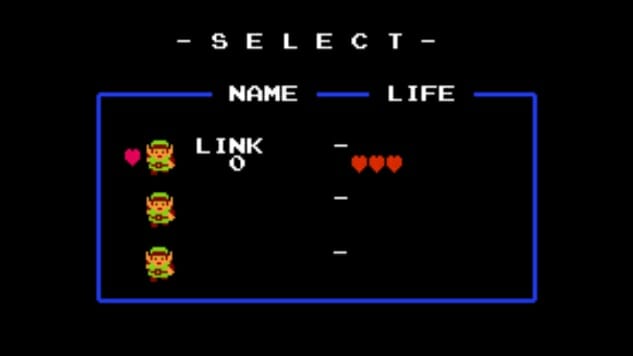Memoirs of an Invisible Player

Curtis Cole is from a small town in Ontario. He studied web design at a nearby college. His Facebook wall is lined with smiling selfies, provocative yet innocent, a series of tilted reflections and toothless smiles that give away nothing. He enjoys paintball. He seems to prefer hip hop and bands that reference Hellraiser in their names. None of this answers my one question I have for this stranger: Are you him? More specifically: Was it once yours?
While visiting my old college town, I popped into a used game store and bought Uniracers for SNES. The cartridge was in poor shape—Hollywood Video sticker still affixed (this was once a 2-day rental)—but the price was right and I wanted to replay this forgotten gem, a stunt-racing unicycle game from 1994. Scrawled on the back of the cartridge’s thick grey plastic is a name, etched in black marker: Curtis Cole. The handwriting befits a child; given its release date, Curtis is likely a grown adult. And this possession of his youth is now mine.
More than any other medium, videogames remember. We watch a film as anonymous viewer. We listen to music, unable to alter its notes. But in a game, we do more than scribble our names on plastic; we imprint our own identity onto these digital heroes. Every Legend of Zelda gives you the option to play not as LINK but as a name of your choosing. Contemporary role-playing games like Fallout 4 or Skyrim allow you to create your own character like some mad genome scientist, tweaking and nudging facial tissue and hair color until your in-game stand-in is just so. From the beginning, when arcade titles granted the player immortality by letting them etch their initials alongside a high score, videogames have had a memory.
But that memory is being lost. Physical games, once shared or resold and then re-lived by another, are being replaced by an all-digital future where software is downloaded or streamed. That experience is anesthetized and clean, straight from the factory. But there’s something compelling about peeking through the ruins of another’s past by scouring the same virtual lands once roamed by another.
I turn my new/old copy of Uniracers on for the first time. I control a self-powered unicycle, rolling along twisting tubes as fast and as stylishly as possible. Though published by Nintendo, the game was developed by DMA Design, a Scottish studio at the time most known for classic puzzler Lemmings. They would go onto create a little game called Grand Theft Auto, ultimately being reborn as Rockstar North.
Each cycle has a name; I can rename them in the options. “Andrew” is the blue one. “Dave” is bright white. “Robbie” is deep red. Are these Curtis’s childhood friends? What is Curtis doing now? Perhaps this game sparked something in him that lives today: Is he a mechanical engineer, his love of physics first impelled by navigating these twisted tracks by D-Pad? Maybe if I find Mr. Cole, I can understand something about this game and its impact on another.
I search the cartridge for clues. The Hollywood Video stickers are halfway scratched off. Maybe Curtis stole it from the rental store, only to call it his own with a hasty application of black marker? Or maybe this was done not by a kid in 1994 but a new child, rummaging through his parents’ things, and after claiming this antiquated object as his own and playing it, deemed it not as fun as Forza Horizon and sold it for profit? I sniff the ink: No smell. This was written long ago.
I call the used game shop, explaining I was in a few months ago and am trying to find the previous owner of one particular cartridge. “Is there anything wrong with the game?” the cashier asks. No, I explain, I’m just hoping to find out who sold the game to their store. He explains they do keep all records of cash buy-outs, but everything is done by hand. After a month they’re stored away. They’ve bought thousands of titles, and one game might have been sold many times before it reaches their store. To find one owner of one previous game would be, in the words of my patient cashier, “not very realistic.”
Anonymous or not, the previous owner is out there. Tomorrow’s games won’t be handed down to siblings or sold to thrift stores. And with that inevitability, games as a piece of culture lose part of their communal history. The designers of FutureGrind, an upcoming release for the PlayStation 4, have named Uniracers as a prime inspiration. But this new title will be a digital download release only. There will be no CD set between cover art and displayed on a store shelf. There will be no FutureGrind’er who buys it then sells it for cigarette money; no nostalgic adult in 2035 who buys it to restore old memories and, in so doing, inadvertently controls a stranger’s cadre of pals.
This cartridge, built and shipped in 1994, still exists today over twenty years later. I must honor this object’s existence. It is a totem to longevity, to that trace identity that slips from our skin, tainting all we touch like DNA evidence. It says, if nothing else, “we were here once.” Curtis was here once. But where is he now?

